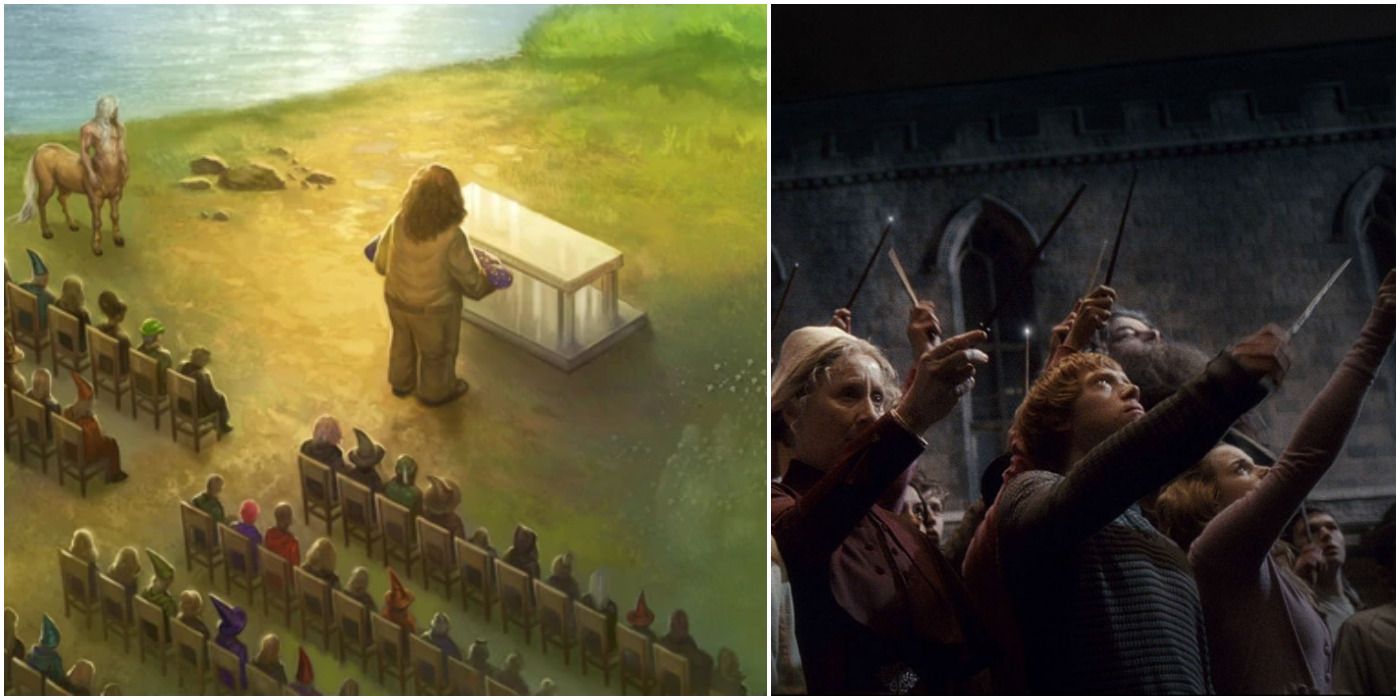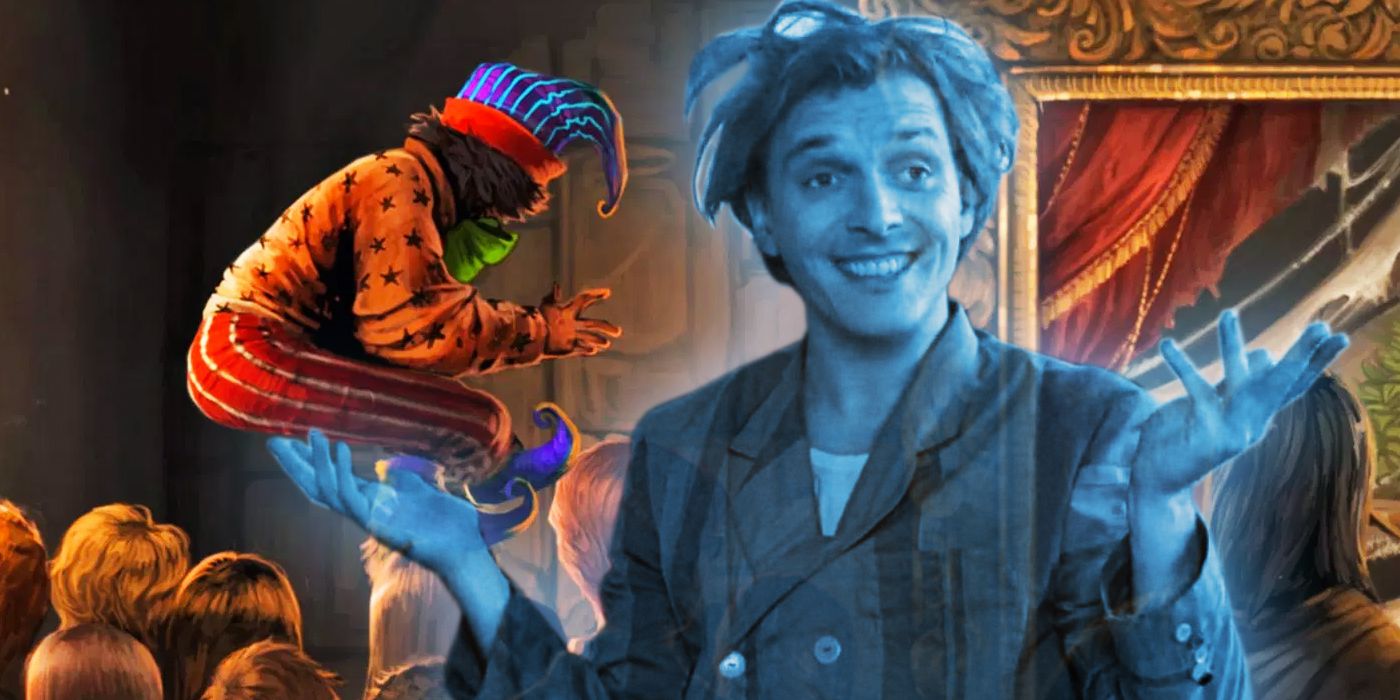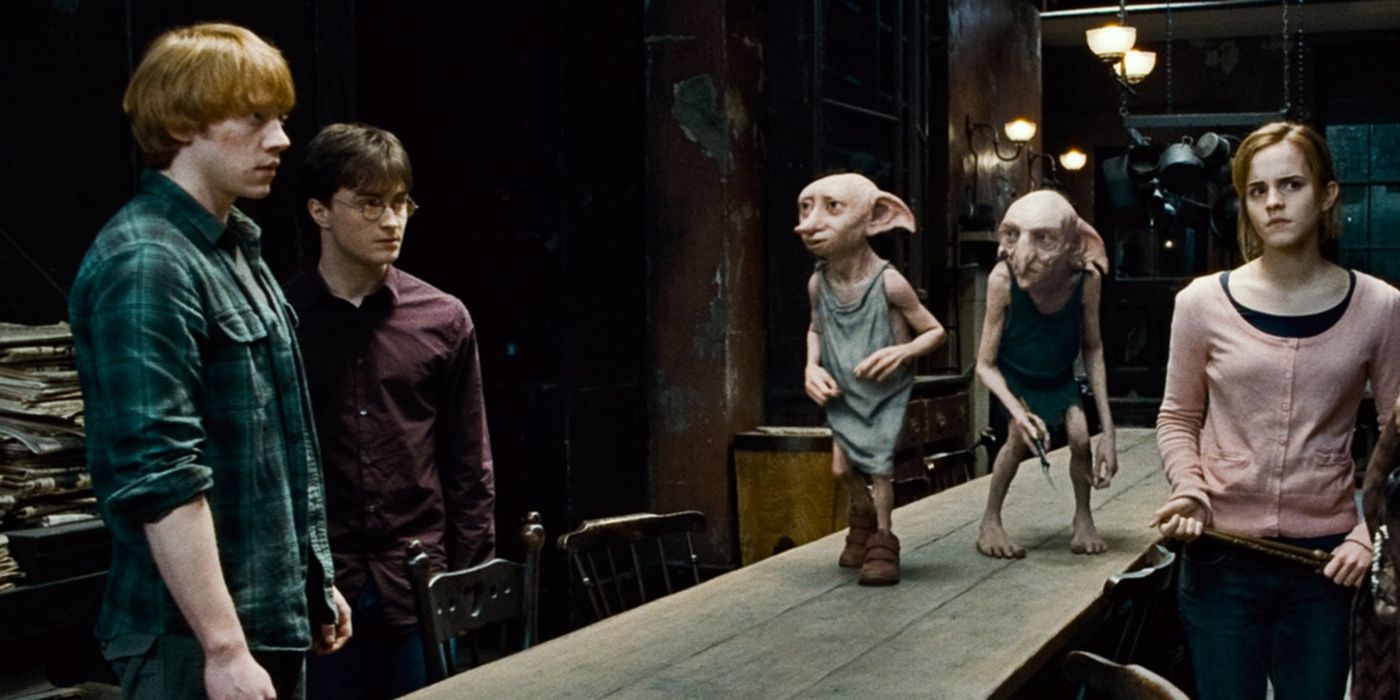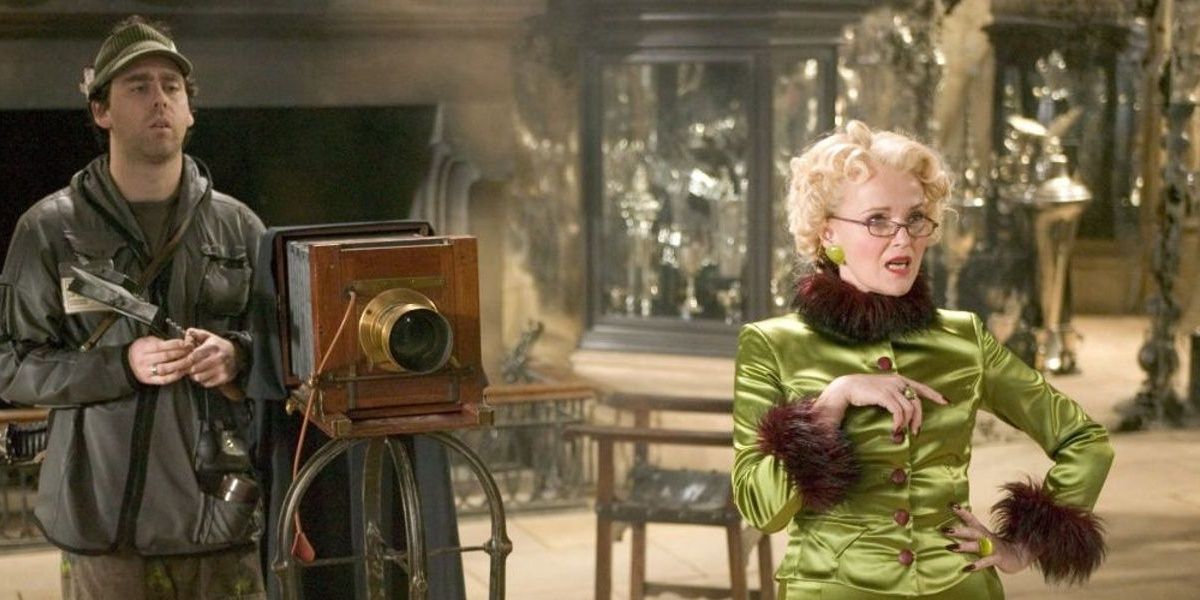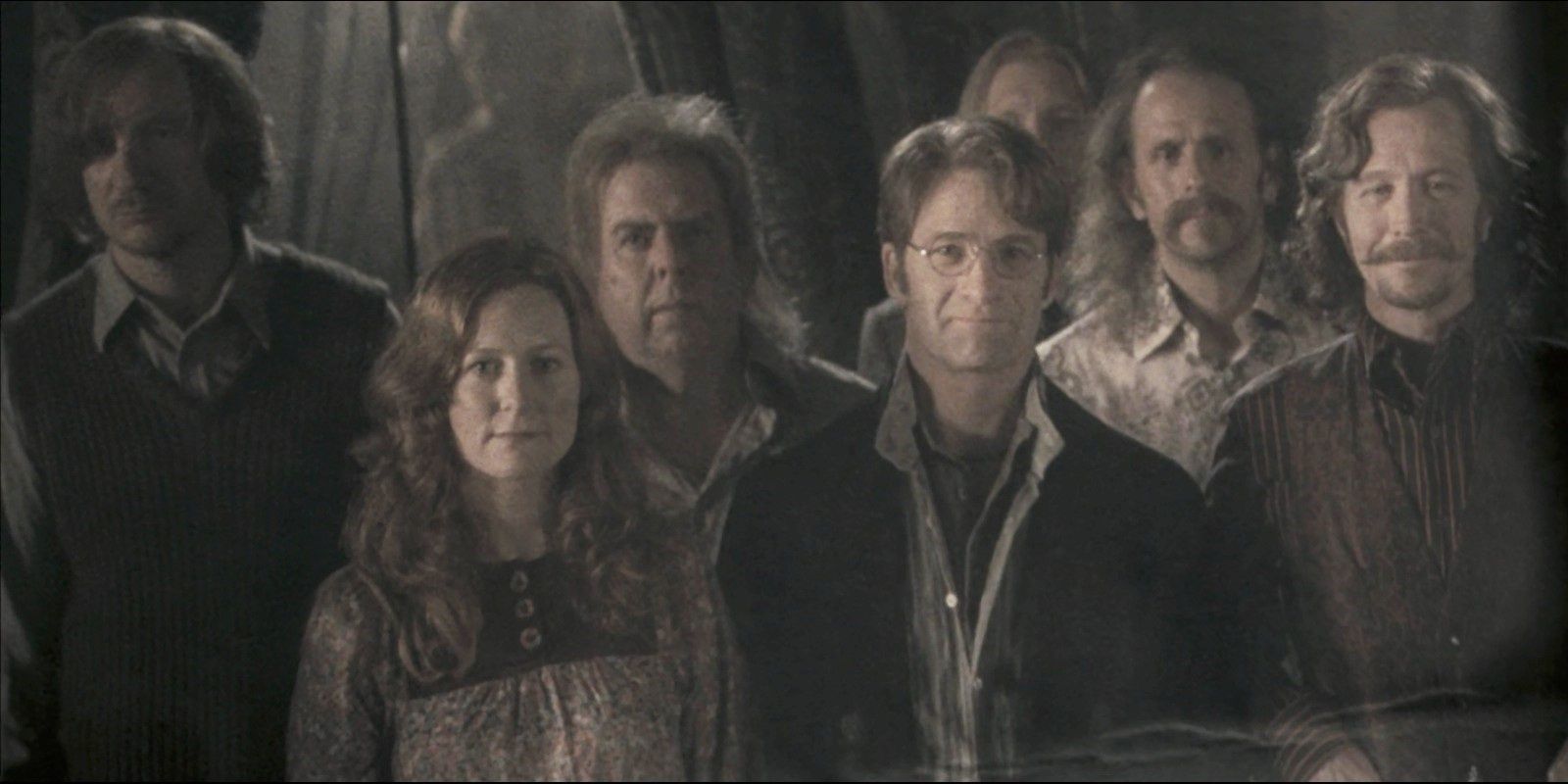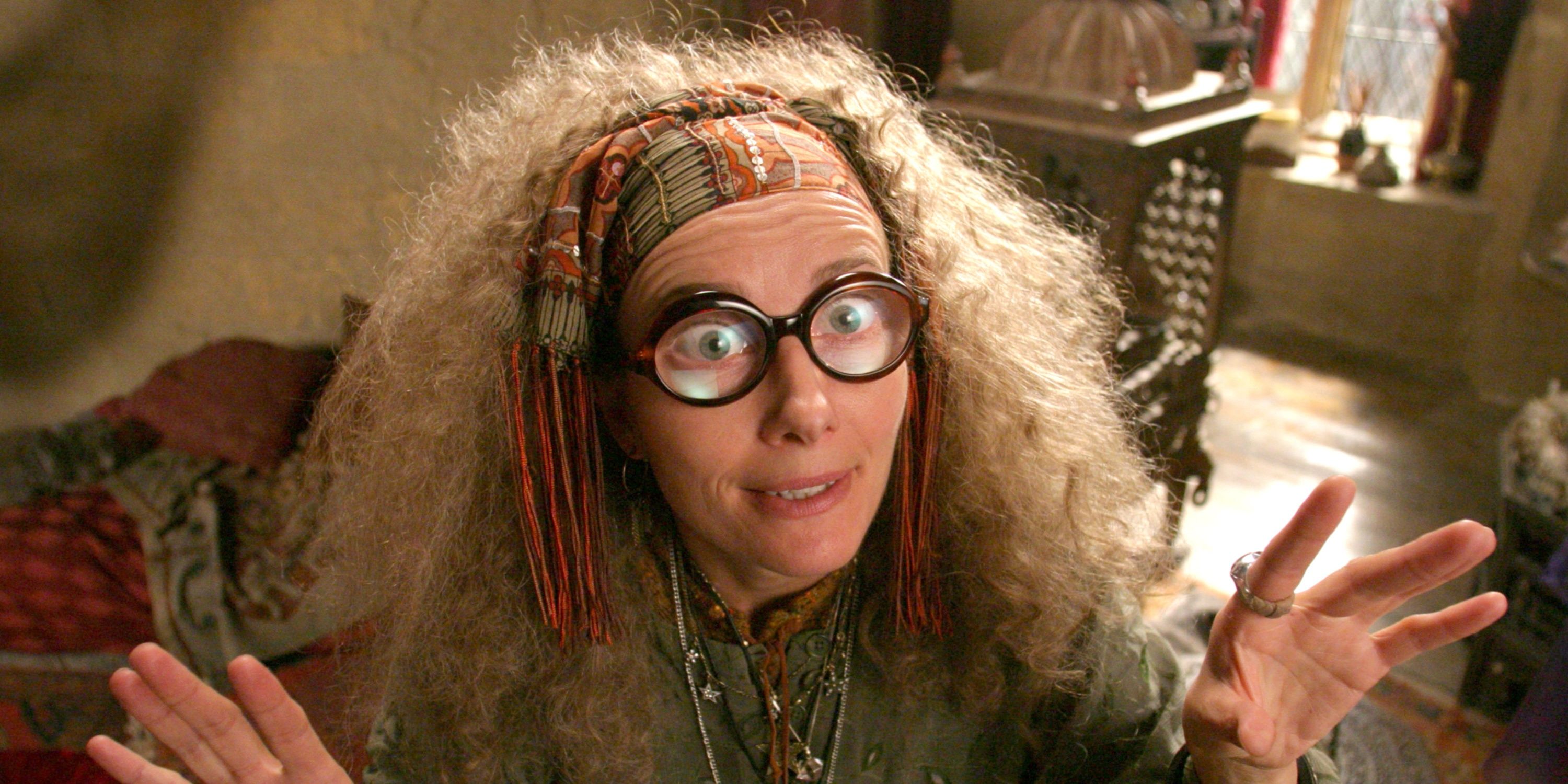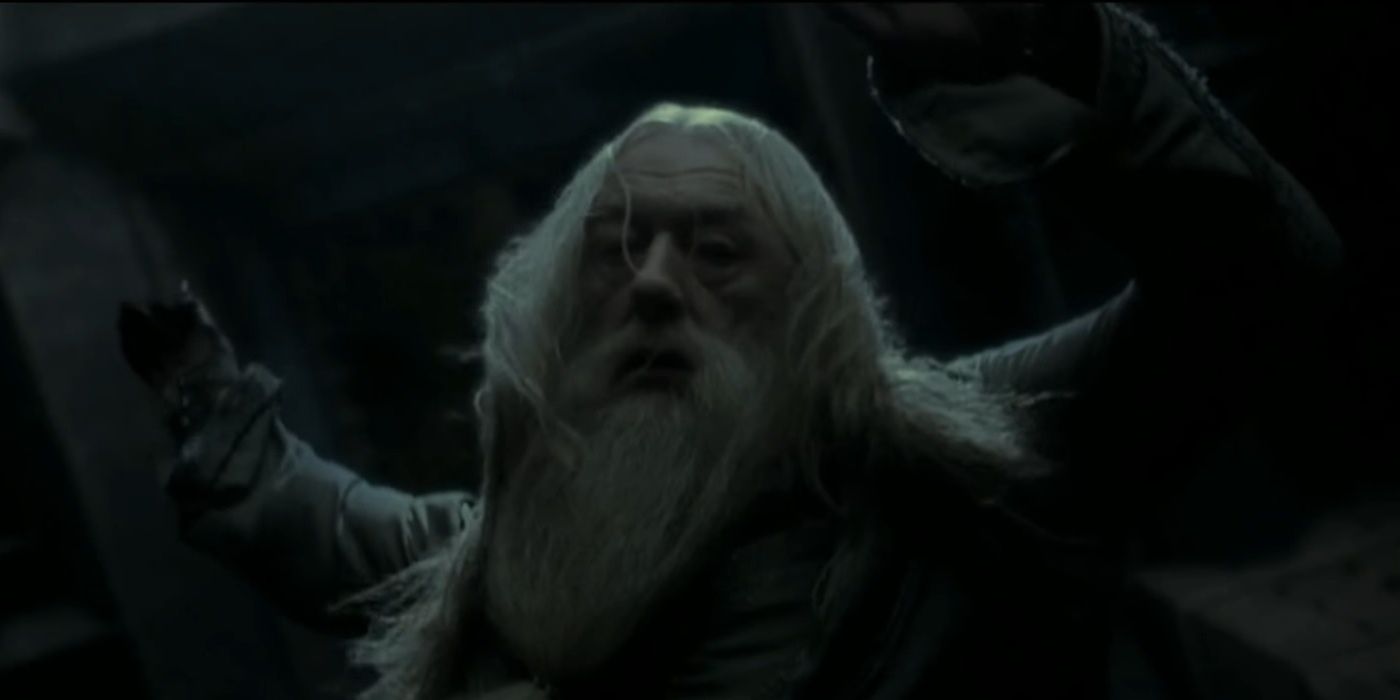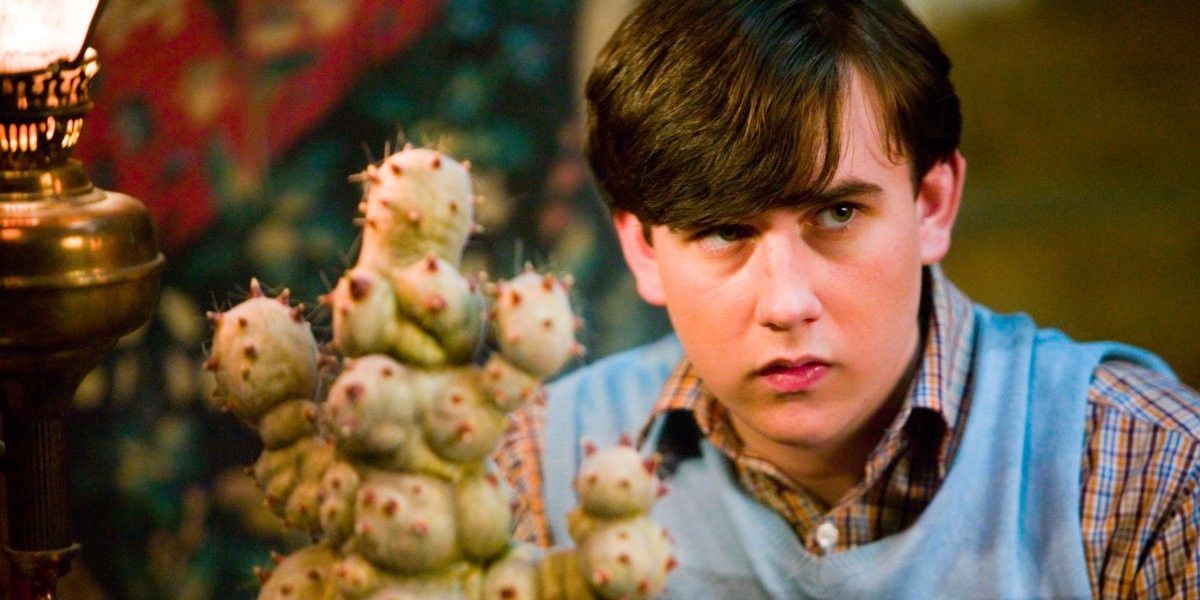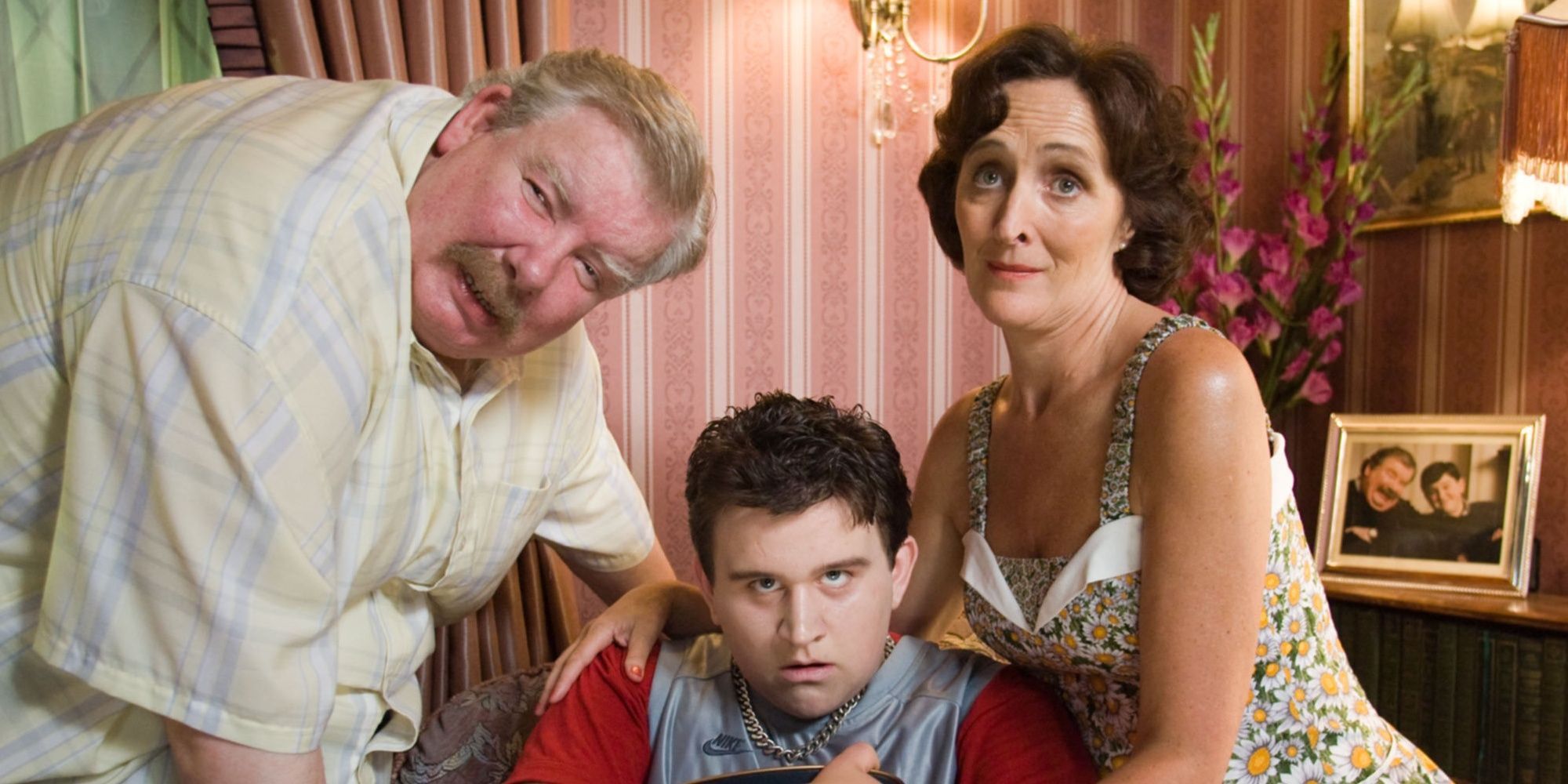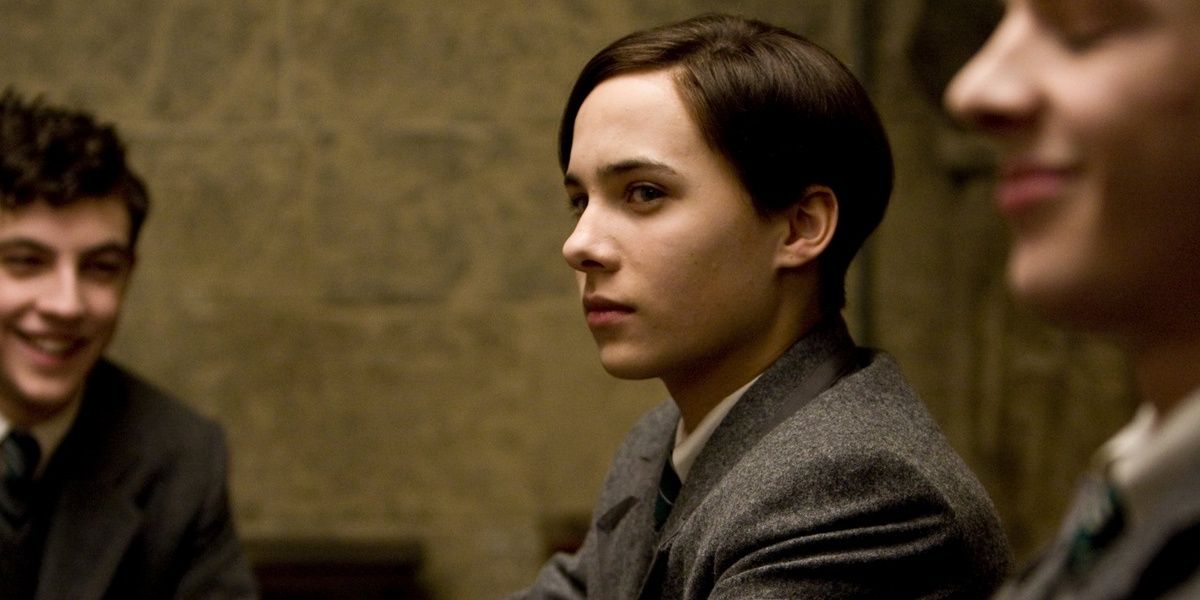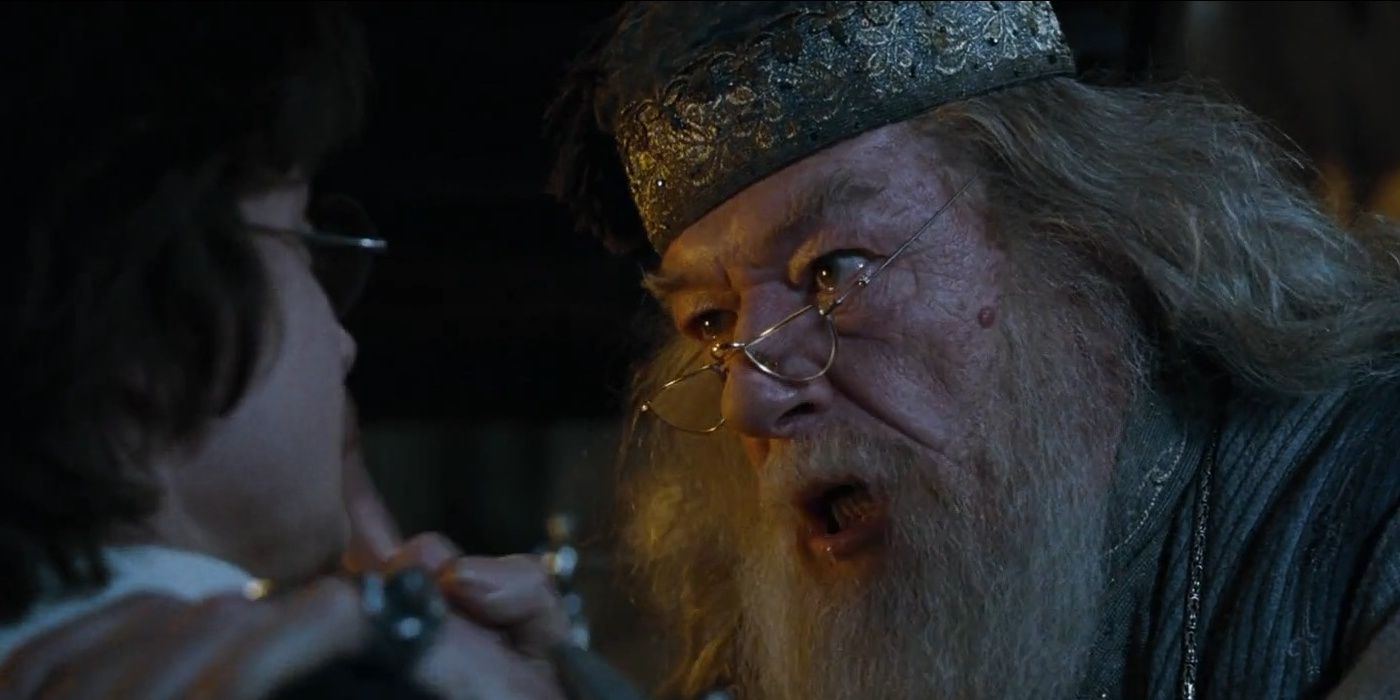The Harry Potter movie franchise is one of the biggest and most successful franchises in cinematic history, spanning 10 years and grossing more than $7.7 billion. J.K. Rowling took the world by storm when she published the first Harry Potter book, The Philosopher's Stone, way back in 1997. It made Rowling a household name and paved the way for her to become the first billionaire author.
The book series has spawned movies, board games, toys and even a video game based on Quidditch. The movies' massive success has even led to spinoff films like the Fantastic Beasts and Where to Find Them series. While the series is considered by many to be a more-or-less faithful adaptation of the books which remain true to the source material, some fans were left disappointed by the many changes from the books. Here are 5 differences between the books and the movies that left fans wanting more.
Peeves the Poltergeist
The decision to cut the mischievous Peeves the Poltergeist from Harry Potter and The Sorceror's Stone was met by dismay from many fans, who were left wondering why the character was left out. Peeves was initially supposed to be included in the first movie, played by the legendary English comedian Rik Mayall, but was ultimately scrapped in editing.
The character was cut out due to time constraints and his unimportance to the plot. Religious fans of the book, however, were not pleased with the changes and were left disappointed by the exclusion of the fan-favorite poltergeist.
S.P.E.W.
In the Harry Potter and the Goblet of Fire book, Hermione starts an organization known as the Society for the Promotion of Elvish Welfare or S.P.E.W., which plans to liberate all house-elves from their wizarding masters. S.P.E.W. was a great way to give readers an insight into Hermione's character, and truly show how kind, passionate and determined she is.
The movie, however, fails to include the organization which leaves out a large part of her character development and therefore what makes her such a beloved character. The cut was understandable given the time constraints and already complex plot, but a throwaway reference would have been appreciated by the fans.
Rita Skeeter the Beetle
In Harry Potter and the Goblet of Fire, fans were introduced to Rita Skeeter, a sly, vicious, sometimes downright dishonest journalist known for trying to cause sensationalism with her stories. She could get information about anyone since she was an unregistered Animagus (a beetle) as discovered by Hermione, who later blackmailed Rita to keep her in check.
However, in the movie adaptation, it is never revealed she is an animagus, nor how she came to acquire information so easily. The movie fails to give an alternate explanation of how she was able to sneak around and spy on her subjects.
The Marauders
The Marauders Map was given to Harry by Fred and George Weasley in Harry Potter and the Prisoner of Azkaban. The Map was created by the Marauders Moony, Wormtail, Padfoot, and Prongs, namely, Remus Lupin, Peter Pettigrew, Sirius Black, and James Potter, respectively. James, Peter, and Sirius became unregistered animagi to ease Remus's transitions into a werewolf each month.
The movie, however, barely mentions the Marauders' story. Fans of the book series were left confused when the usually faithful movies failed to provide a satisfactory story about the Marauders and their connection with Harry.
Trelawney's Prophecy
The prophecy made by Professor Trelawney was the reason that Voldemort went to kill Harry in Godric's Hollow when he was a baby. Snape overheard part of the prophecy and relayed it to Voldemort, who then chose to kill Harry Potter.
However, while Harry Potter and the Order of the Phoenix gives a lot of backstory regarding the prophecy, the movie adaptation cuts most of the conversation between Harry and Dumbledore and much of Voldemort's motivation to kill Harry is left unrevealed. The movie also fails to explain why Harry needs to go to the Dursleys every summer, as Voldemort cannot hurt him there.
Dumbledore's Funeral
Fans were heartbroken when Rowling killed off the wise, old mentor at the end of Harry Potter and the Half-Blood Prince. Dumbledore's "murder" by Snape was an extremely emotional moment, as it marked the loss of yet another father figure to Harry. In the movie, the characters pay their respects to Dumbledore by raising their wands in the air, led by Harry himself.
However, in the book, a grand funeral is held for Dumbledore, attended by everybody from the house-elves from the kitchen to the Minister of Magic. The beautiful and emotional moment was a perfect way of saying goodbye to the beloved character. The scene was included in the script but was not filmed, possibly due to time and budget constraints.
Neville Longbottom, The Chosen One
Trelawney's Prophecy foretold that the boy who shall vanquish Voldemort will be born in late July to parents who defied him three times, which Voldemort took to mean the Potters. However, the prophecy could have meant Neville as well, as his parents had defied Voldemort thrice, too.
The movie adaptation of Harry Potter and the Order of the Phoenix, however, does not mention this at all, and fans were left wondering why Neville's importance to the plot was cut out of the film.
Dudley's Redemption
The Dursleys have been one of the most disliked characters in the series since the very beginning due to their fear, distrust, and hatred of anything related to magic, and the way they treated Harry, little more than an object. But when Harry comes of age and is about to leave the Dursley home in Harry Potter and the Deathly Hallows, Dudley, in a surprisingly heartfelt moment, shakes Harry's hand, and thanks him for saving his life against the dementors.
It's a nice, emotional moment which the movie completely ignores, instead choosing to send the Dursleys away offscreen. The scene was actually shot but was removed in editing, perhaps due to the already long runtime.
Tom Riddle's History
Thanks to the memories of various characters, Harry (and the readers) get to learn more about Tom Riddle's past, including why and how he made the Horcruxes that keep him from dying. Harry Potter and the Half-Blood Prince spends a lot of time exploring Voldemort's origins and family history.
The movie adaptation shows just two memories - Dumbledore's first meeting with young Tom Riddle and Slughorn's real and fake memory. A large part of Voldemort's history, especially the one about his father, Tom Riddle Sr. and his mother, Merope Gaunt, is omitted. Limited runtime may be the reason why these arguably important scenes have been cut out of the movie.
Dumbledore Asked Calmly...?
One of the most confusing and downright laughable changes in Harry Potter and the Goblet of Fire was the now-iconic line said by Dumbledore, "Harry, did you put your name in the Goblet of Fire?". The book mentions that Dumbledore asks this "calmly", but Sir Michael Gambon's delivery of the line in the movie adaptation was quite angry and aggressive, emotions which are not characteristic of the Dumbledore fans are familiar with.
This behavior was very different from the established Dumbledore, who is always very cool, composed and in control. Fans were quick to mock this delivery since it was so different from the book, and the line ended up as a rather famous meme.

